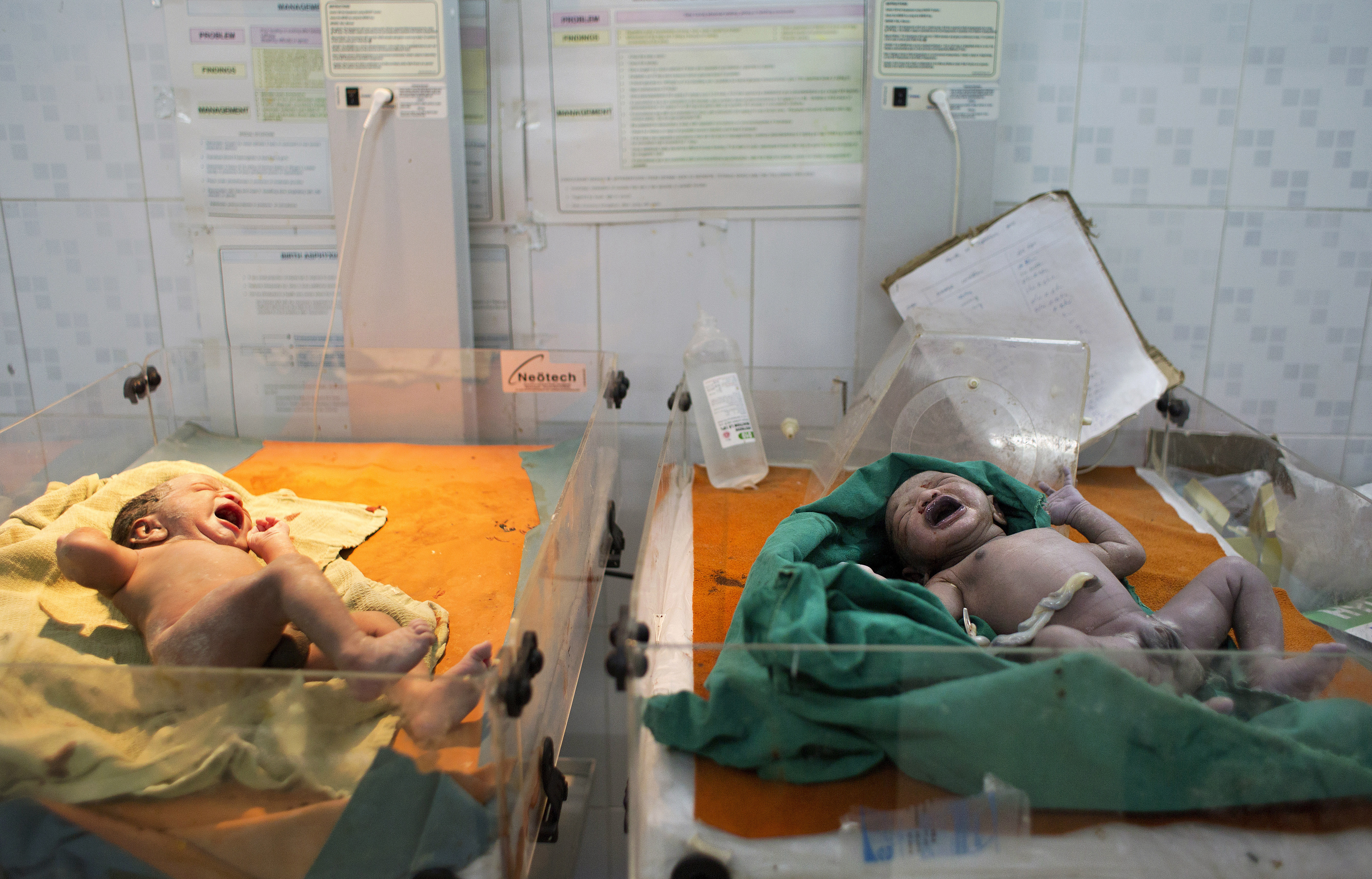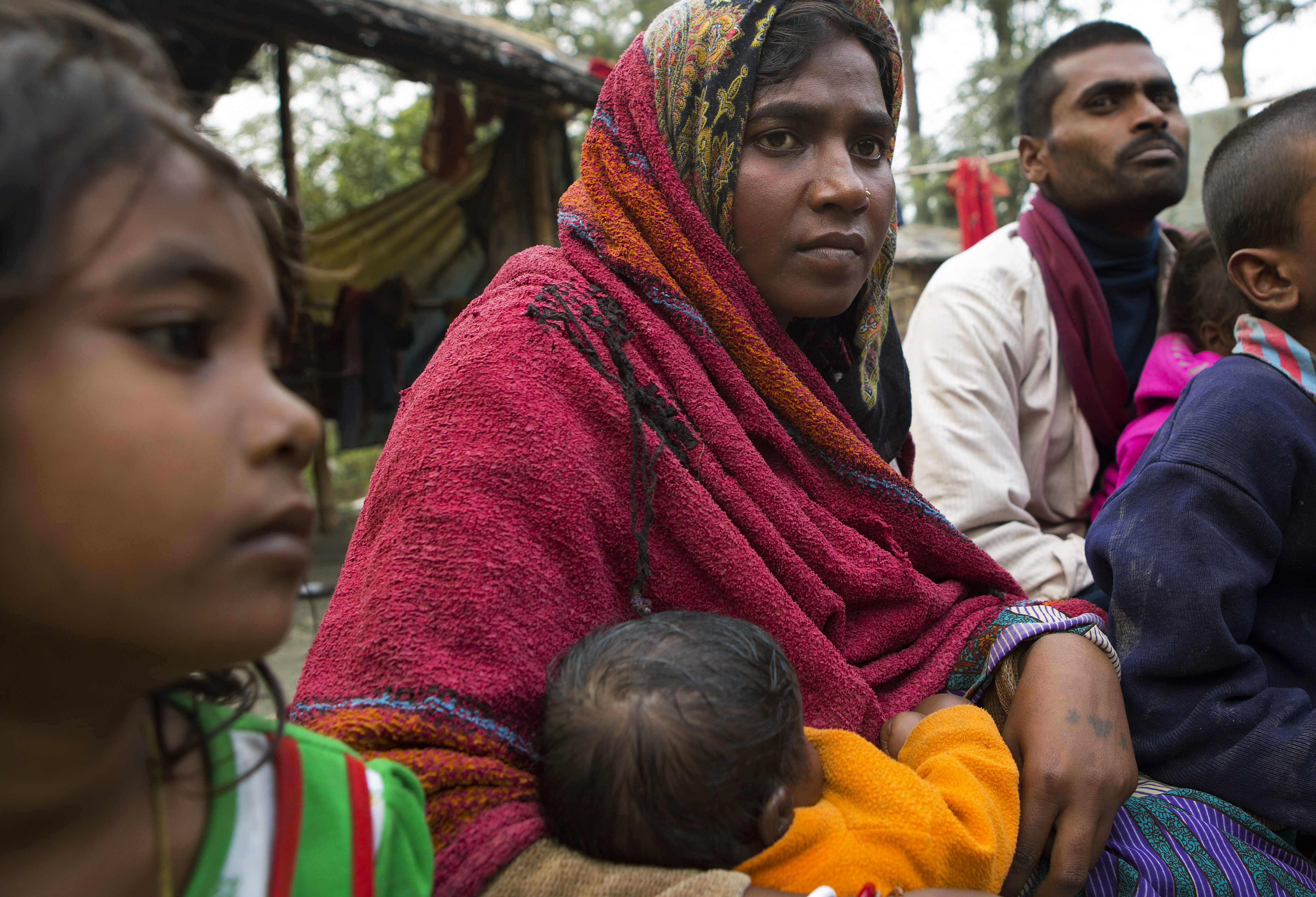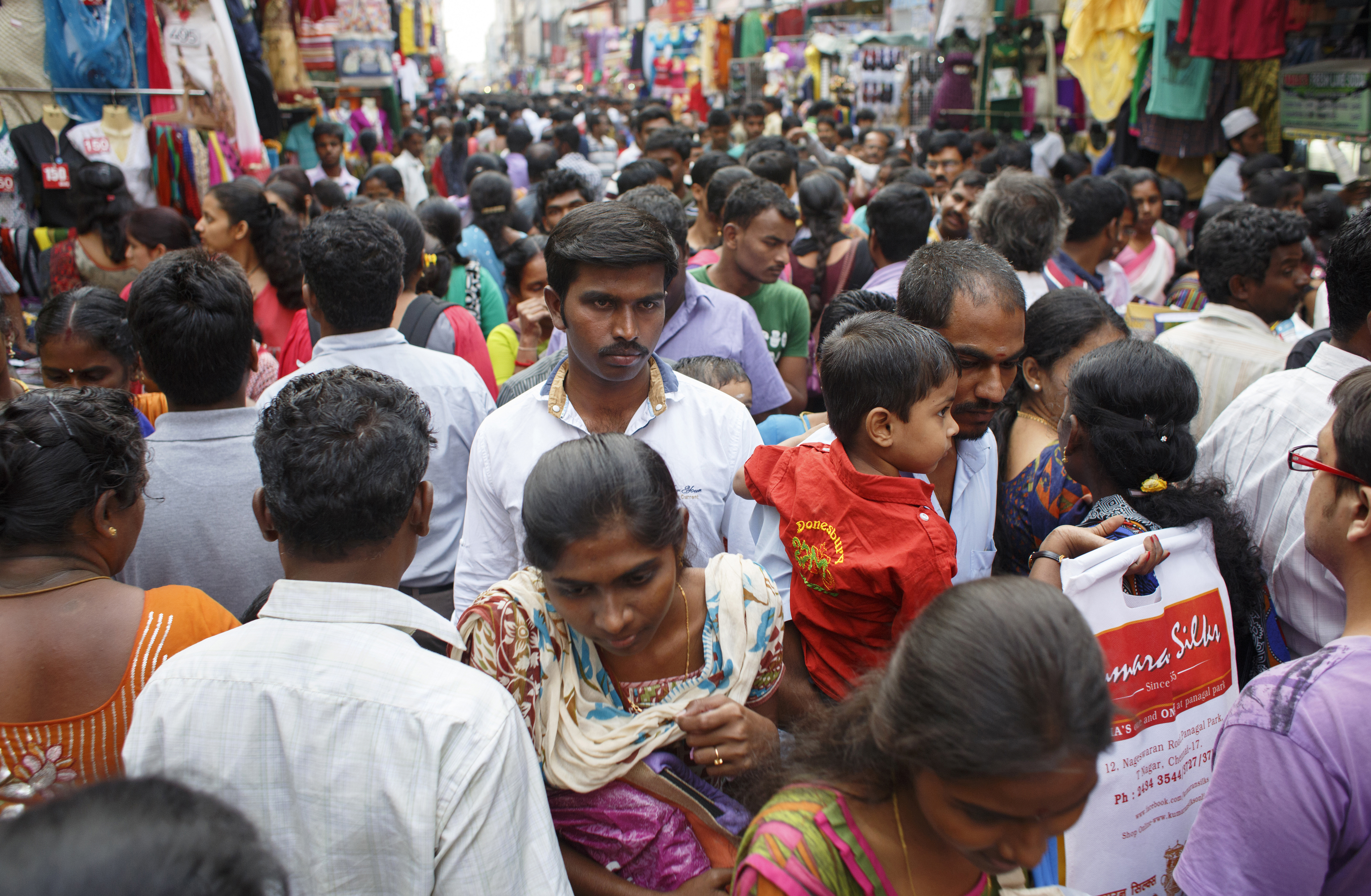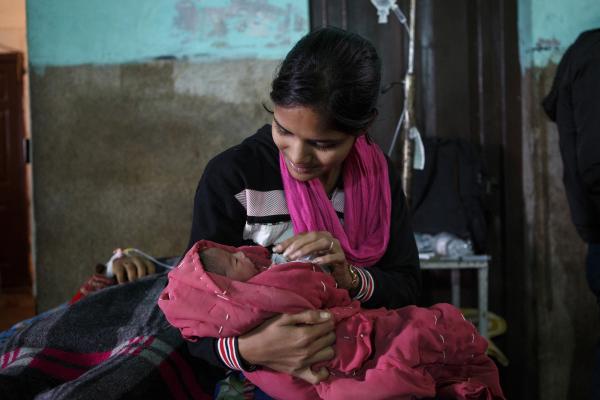Project June 1, 2015
India: Grappling with the Legacy of 'The Population Bomb'
Country:

"The Population Bomb," a 1968 book by Paul Ehrlich, opened with a vivid description of the teeming streets of New Delhi. A bestseller building on already percolating fears about overpopulation, it helped catalyze the American public to act. The problem was framed in drastic terms: famine and disease would sweep the world if birth rates were not controlled. The epicenter of the problem, many believed, was India and other places in the developing world.
More than 45 years later, Sarah Weiser, working for Retro Report examines the impact of that theory in the U.S., revisits the idea's main proponents and detractors, and travels to India, where, in the 1970s, the government embarked on a strict sterilization campaign.
Protests ended that program, but a strong population control mindset still pervades, particularly in less developed northern regions. Female sterilization, the most commonly used method of contraception throughout India and the world, remains an integral part of the country's family planning program. Sterilization campaigns—highlighted recently in stories about the deaths of women after a campaign in Chhattisgarh—are held regularly throughout India. In the northern state of Bihar, this project explores how incentives funneled toward health-care workers and patients may subvert the maternal healthcare system and encourage the sterilization of women who often have little if any other contraceptive options.
Sterilization campaigns, some argue, don't impact fertility rates as much as they might set out to, while more nuanced approaches aimed at improving people's well-being can naturally lead to lower fertility. Equality, education, urbanization, and even the influence of television, combined with a focus on prenatal care and post-natal education, produce not just smaller families but families that are able to prosper within an ever-denser world. In Tamil Nadu, Sarah Weiser looks at how a focus on people rather than population reduction can pay dividends for both.









